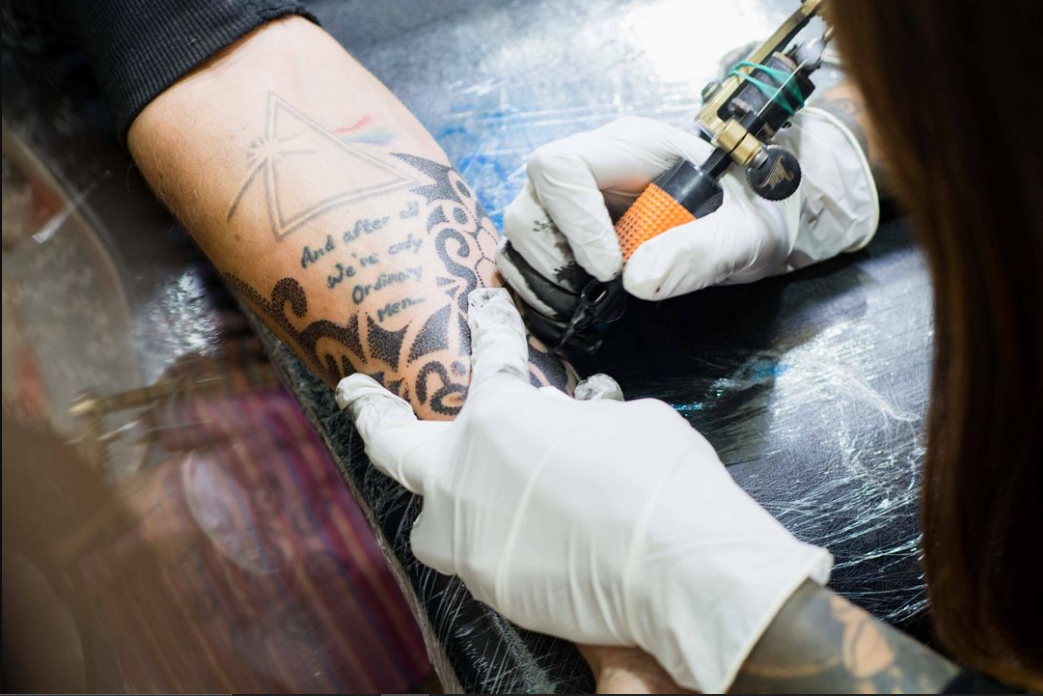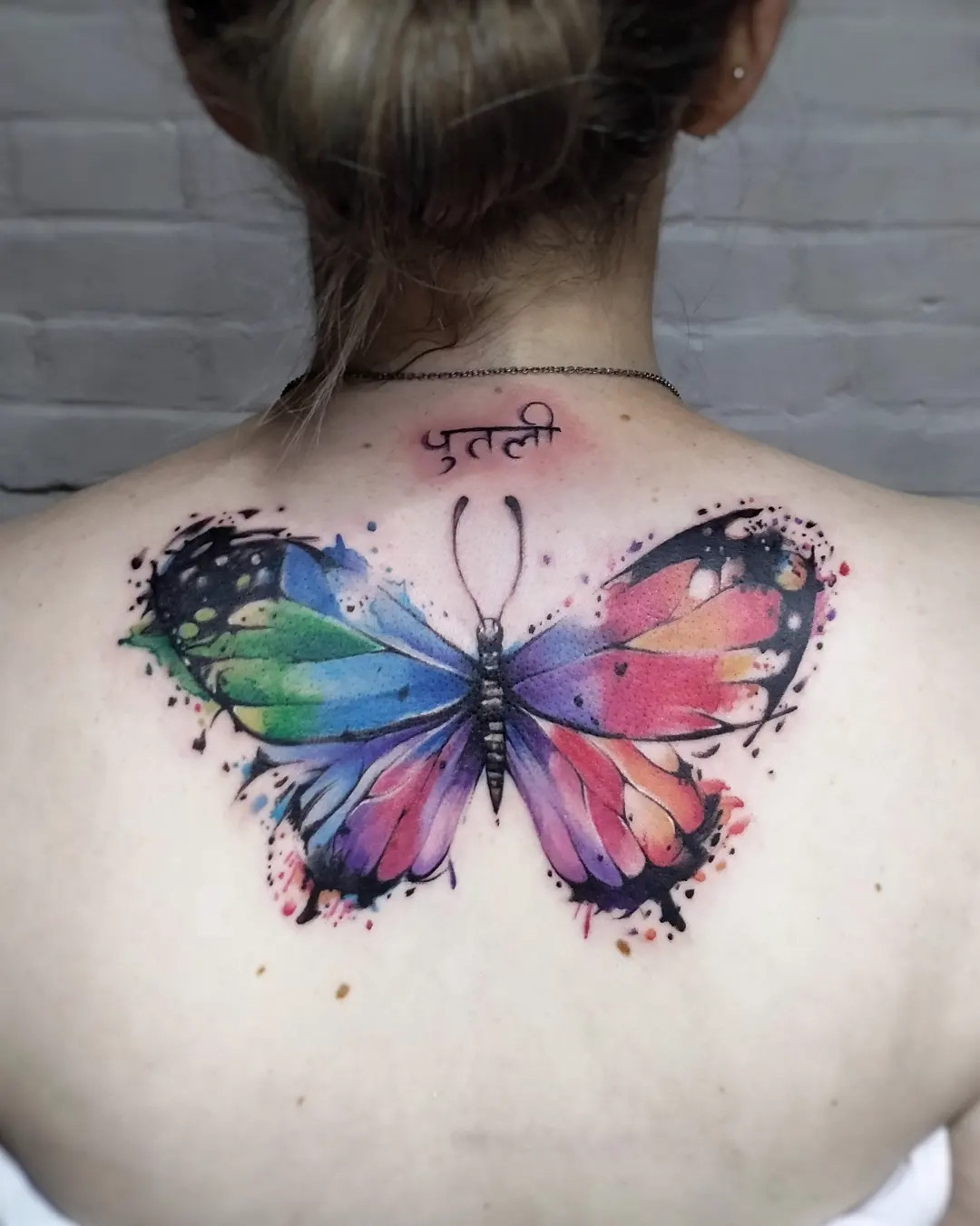As a kid, every evening Sumina Shrestha would run to her artist neighbor to watch him draw.
She was intrigued at how portrays and landscapes would come to life on drawing papers, and desired to do so herself.
Inspired by her neighbor, Shrestha, now 27, says she started sketching and doodling from a young age.
She grew up in the Dillibazar area of Kathmandu, and at school, she got excited whenever classwork required drawing diagrams.
Drawing meant everything to her, a pursuit that she was involved in most of the time. As she got better at it, she began drawing more intricate details. Her sketchbook became her constant companion.
“People around me would tell me that my work was really good, and that motivated me to keep drawing,” she says.
The young Shrestha knew she would become an artist, but didn’t know what kind of artist.
After finishing her school in 2012, she enrolled into Srijana College of Fine Arts to follow her dream. She graduated in 2015, and that was when a devastating earthquake struck Nepal. It was the deadliest natural disaster the country had ever seen. Thousands of people were killed and properties worth billions of rupees were reduced to rubble. The incident had a profound impact on Shrestha, she says.
“I realized how unpredictable life can be, that anything could happen anytime,” she says, “I was filled with the urgency to do something I loved, which was becoming an artist.”
Shrestha dabbled in thanka painting and drawing cartoons for a while, but they never gave her much joy. She then tried her hands at tattoo-making—and instantly fell in love with the craft.
Although she had always been interested in tattoo-design, becoming a tattoo artist was not something they ever thought about.
“Tattoos for me were just an interest. I never planned on learning the art form or becoming a tattoo artist for that matter,” Shrestha says. “I found tattoos cool and that was about it.”
She bought a tattoo machine with the money she had saved from making some commissioned artworks and started practicing on a rubber skin.
The feel of the vibrating tattoo machine in her hand and the humming noise it made gave her great joy. Throughout 2015, Shrestha says, she spent hour after hour making tattoos on a rubber skin.
She also joined an organization of artists called ‘Get Well Soon’, which was created after the earthquake, and met other emerging and established artists from different fields of arts. The organization already had a smattering of tattoo artists and Shrestha felt right at home.
There weren’t many female tattoo artists in Nepal when Shrestha was starting. Tattoo artists were mostly men, and it was considered a men's job.
Shrestha feels fortunate that her family supported her when she expressed her desire to be a tattoo artist.
“This is not a conventional career, particularly for Nepali women. When I got started, tattoo culture in our country was still in its early days. So getting the support of my parents was really important,” she says.
She adds that the paucity of female artists in Nepal was also a strong motivator.
“Entering a male-dominated field was both challenging and motivating. I knew many clients would rebuff a female tattoo artist, but I never let that affect me,” she says. “I wanted to prove myself with my work.”
Shrestha started her career as a tattoo artist at Tattoo Pasal, a studio run by her friend at Jhochhen of Basantapur.
She worked there for two years and the first tattoo she ever made was on her sister.
In 2017, she got an offer from a Nepali-run tattoo studio in India, where she worked for little over a month before deciding to return home. Soon after, Shrestha landed another job as an artist and tattoo parlor operator at Thamel.
“This studio was located inside the premises of Wanderthirst Hostel at Thamel. There I was allowed to work on my own terms,” she says.
This opportunity helped Shrestha realize that she could open her own tattoo studio. While still working at the studio, she set up her shop, Suminu Tattoo, inside the hostel. She ran both the studios for three years before finally deciding to focus on her own business. She rented a space at Thamel and moved her studio there.
For Shrestha, making tattoos is a way of connecting with people, and learning their life stories and experiences.
“With every client, it is a new canvas, a different skin color, a different story and experience,” she says. “I get to interact with many interesting people as a tattoo artist, which is my favorite thing about this job.”













